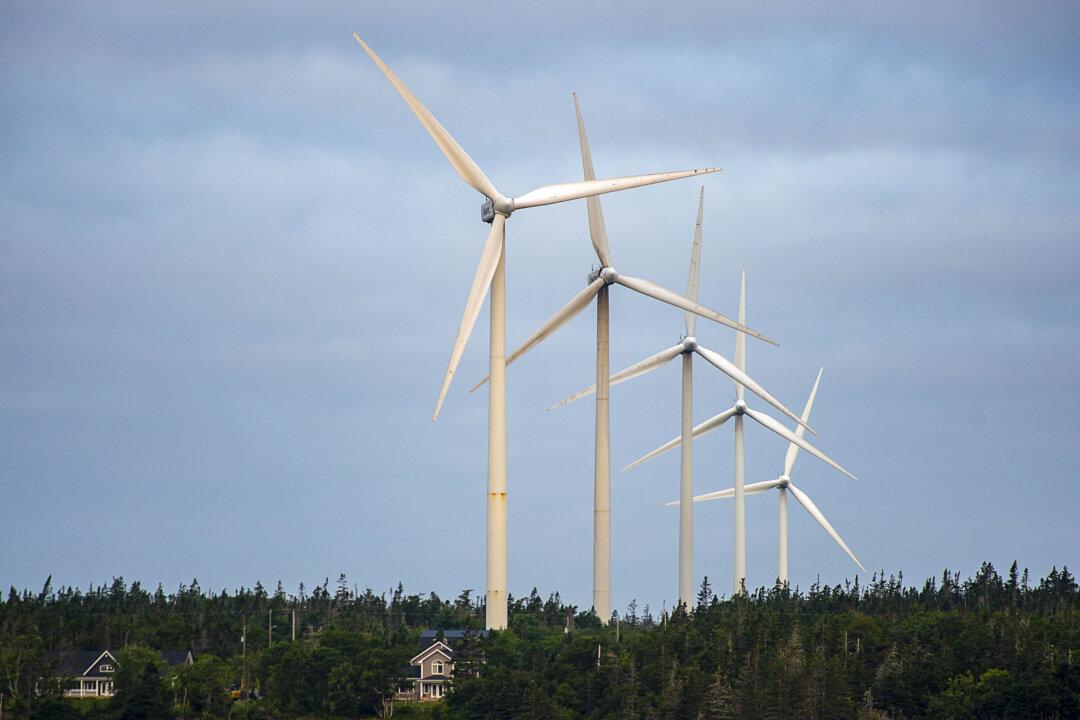The federal government’s plan to make Canada’s electricity generation carbon-free by 2035 is “impractical and highly unlikely” to succeed, the Fraser Institute says, noting that physical, infrastructure, financial, and regulatory realities make the plan “not feasible.”
A new study by the think tank says Ottawa faces a “significant challenge” to its goal of 100 percent decarbonizing the electricity grid in another 10 years alongside its broader aim of achieving net-zero greenhouse gas emissions by 2050.





